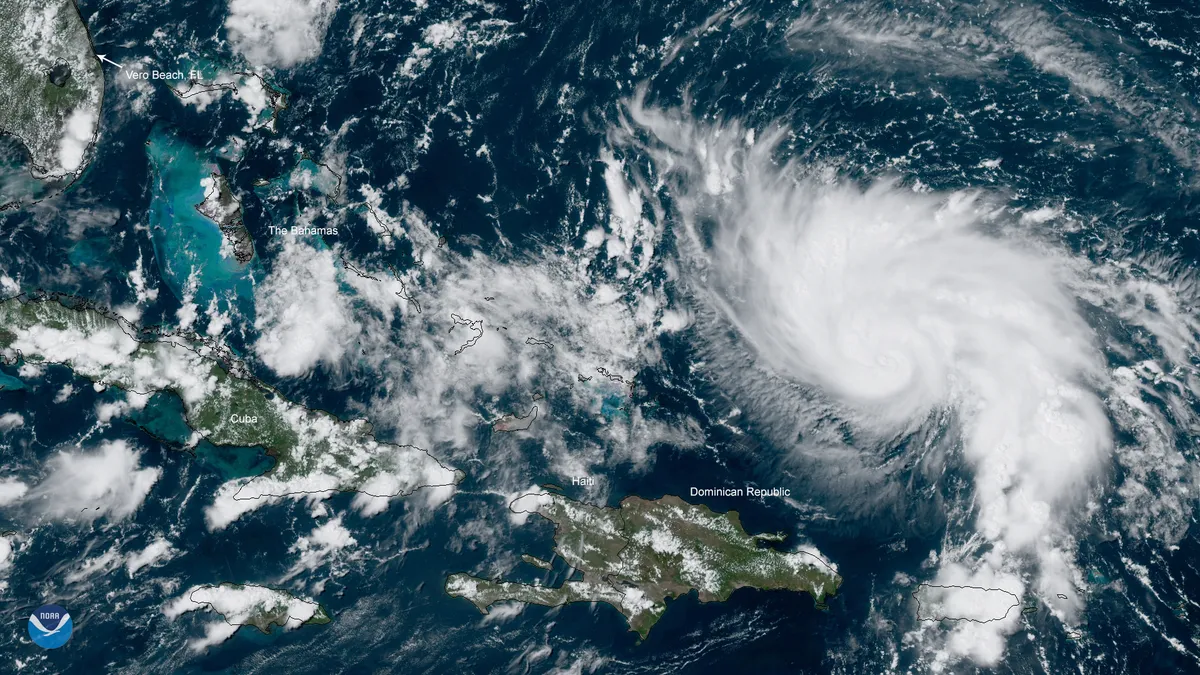From Hurricane Dorian on the East Coast to tornados in the Midwest to wildfires and earthquakes in California, the threat of a natural disaster is always present in some parts of the country. And with winter just around the corner, preparing for inclement weather is as much a part of managing a school as planning instruction.
Here are some tips experts recommend to prepare for weather-related issues and how to mitigate their impact on students, teachers and staff.
1. Review and plan ahead
Schools should have emergency operations plans with assessment teams routinely conducting safety audits, singling out high-priority hazards based on weather. Plans should include mitigation, prevention, preparedness and response.
Having plans that outlines actions to be taken in the event of a natural disaster and conducting regular drills based on possible hazards allows districts to have a fall-back plan. This sample plan provided by the Federal Emergency Management Agency gives schools a place to start.
An information dissemination system — or the way in which news of disaster and preparation is spread throughout the district — should be Included in plan, administrators say.
“Preparation is in the communication,” said Dave Wick, principal of Columbia Falls Junior High School in Montana.
Drills also allow schools to build relationships with local organizations and first responders.
Identifying local organizations and state agencies available to help before, during and after disasters can also give schools a good idea of the resources available for mitigation, preparation and recovery.
2. Prepare students and teachers for sudden days off
With inclement weather comes the possibility of missed school days and hindrances in the regular flow of instruction. More schools now have 1-to-1 device programs, supported by capital funds, that allow learning to continue even when schools are closed.
Jason Berg, the executive director of educational services for Farmington Area Public Schools in Minnesota, said that one-to-one programs have allowed teachers in his district to approach learning in unique ways. Physical education teachers, for example, instruct students to shovel neighborhood driveways on snow days while monitoring their heart rate, and art instructors teach students how to take selfies as part of a photography class.
This way, students interact with teachers and complete their assignments remotely. “It lets the student keep the rhythm of learning going,” Berg said. “We want to make sure that kids can do their activities independently so that parents aren’t stuck being interim teachers that day.”
Berg also notes that remote learning days allow students to learn two skills teachers aren’t always able to emphasize in the classroom: how to manage time and workflow.
3. Prepare school buildings to withstand inclement weather
School leaders in older buildings have to consider whether the facility can withstand a natural disaster. Architect Steve Heureux, president of LPW Architecture, a firm in Montana that works primarily with K-12 schools, said the most important decision a school can make is hiring a firm with expertise in school design and one that doesn’t use a “cookie-cutter approach” for each project.
“Every school district in every location is so different in what it needs,” Heureux said. “You want an architect who will listen and will get to know you and your community’s needs.”
While there are some standard concerns for every school, such as building orientation and having a solid infrastructure, architects must be willing to work with the resources available to the districts and schools that they are serving.
“The variations in money and resources makes a big difference,” Heureux added. “The expectations are a little bit different from each socioeconomic and cultural demographic.”
The architect said it may be more practical to build new schools rather than update old ones. Modernizing older schools can be more costly and disruptive than starting from scratch with a school that takes into account changing environments.
“We build and think differently today,” Heureux said. “With climate change, we are just seeing such erratic weather patterns that we just don’t know and have to expect the worst.“







 Dive Awards
Dive Awards







